The drawbacks of a weak currency, particularly in Africa are numerous and pervasive, impacting every aspect of society. Addressing the fundamental causes of currency weakness needs a collaborative effort by governments, industry, and international partners. So far between 2023 and 2024, African currencies have been subjected to unkind internal and external economic factors.
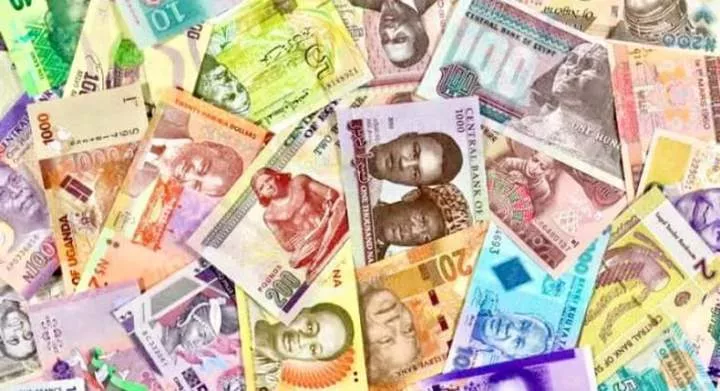
Fundamentally, a poor currency hampers foreign investment and economic growth. Investors are wary of putting their money into countries with unstable currencies, fearing they may lose value rapidly. This lack of investment stifles job creation and economic development, perpetuating a cycle of poverty and underdevelopment.
Furthermore, a weak currency complicates international trade. African exporters find it harder to compete in the global market as their goods become more expensive for foreign buyers. This reduces export earnings, leading to trade deficits and further pressure on the currency.
The repercussions of a poor currency extend beyond the economic realm, affecting social and political stability as well. High inflation and reduced purchasing power exacerbate poverty and inequality, leading to social unrest and political discontent.
With that said, here are the 10 African countries with the weakest currencies in 2024.
This list is based on each country's current exchange rate, courtesy of real-time data as of 12th February 2024, from Google Finance, backed by data from Forbes Currency Converter.
| 1. | São Tomé and Príncipe | 22,281.8/$ | Dobra (STD) |
| 2. | Sierra Leone | 19678.65/$ | Leone (SLL) |
| 3. | Guinea | 8,583.4/$ | Guinean Franc (GNF) |
| 4. | Madagascar | 4528.28/$ | Malagasy Ariary (MGA) |
| 5. | Uganda | 3849.94/$ | Ugandan Shilling (UGX) |
| 6. | Burundi | 2849.21/$ | Burundian Franc (BIF) |
| 7. | Democratic Republic of Congo | 2752.27/$ | Congolese Franc (CDF) |
| 8. | Tanzania | 2540.00/$ | Tanzanian Shilling (TZS) |
| 9. | Malawi | 1680.27/$ | Malawian Kwacha (MWK) |
| 10. | Nigeria | 1500.50/$ | Naira (NGN) |

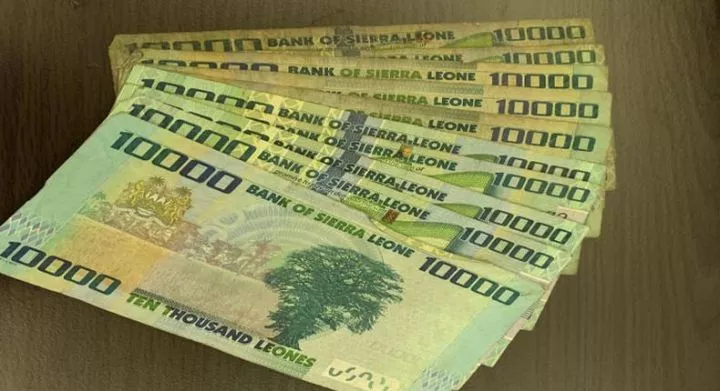
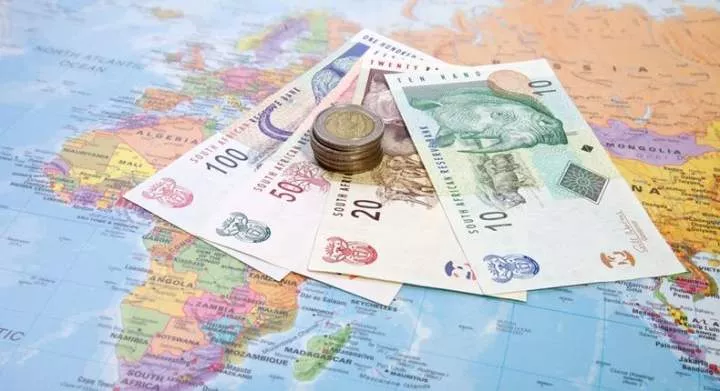
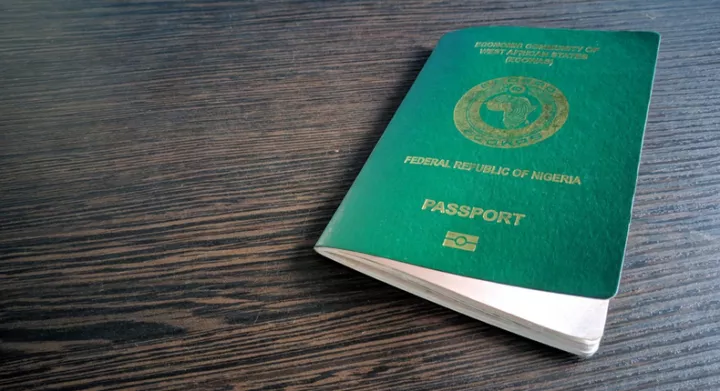
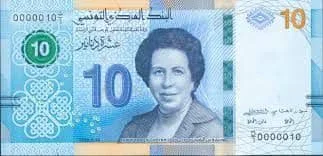
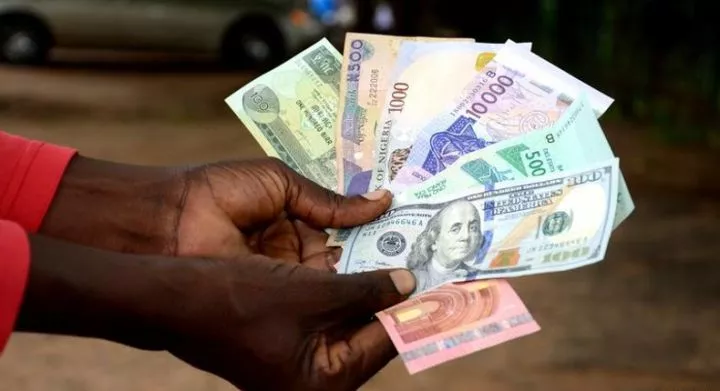
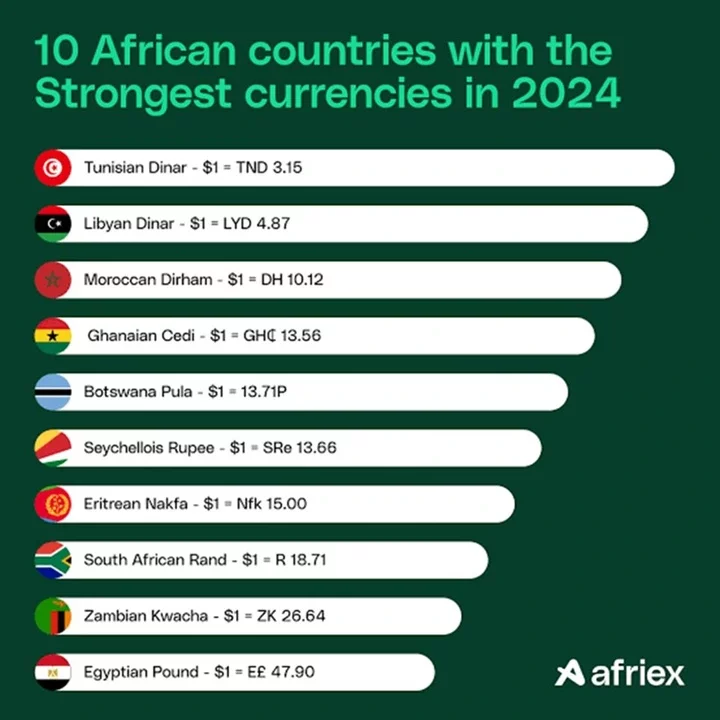










Comments